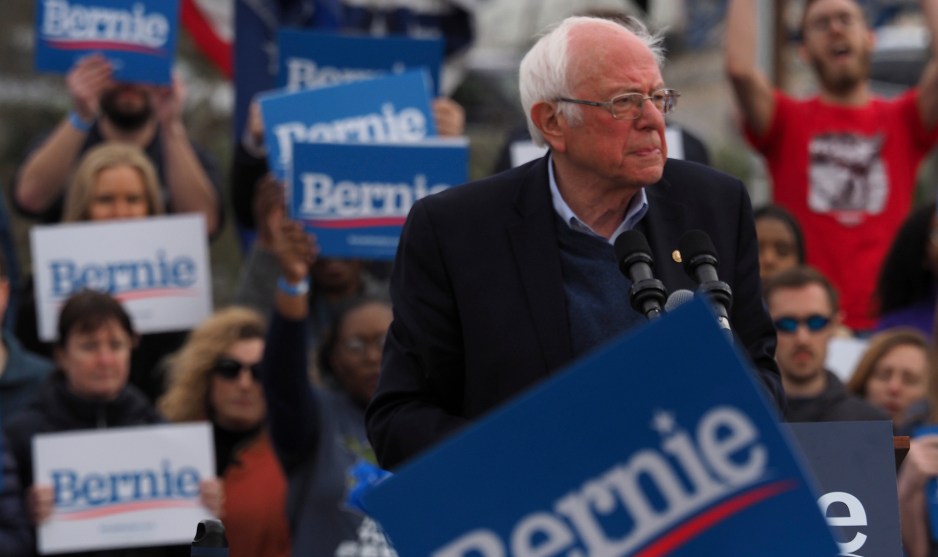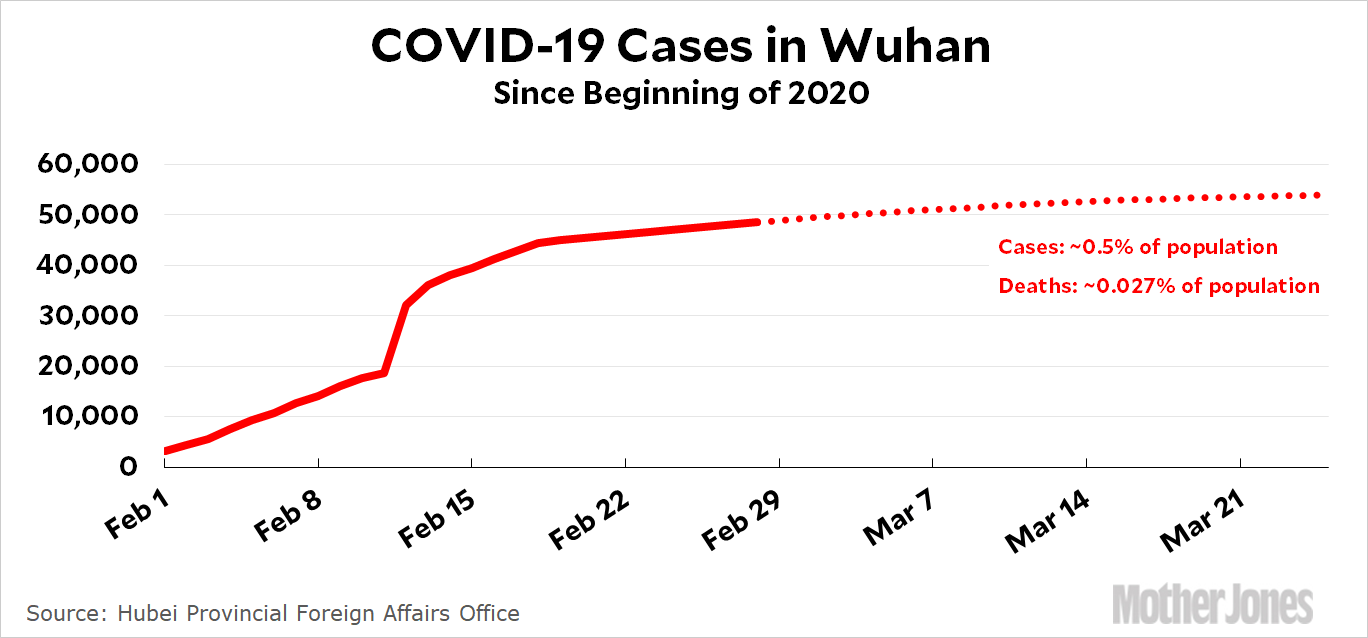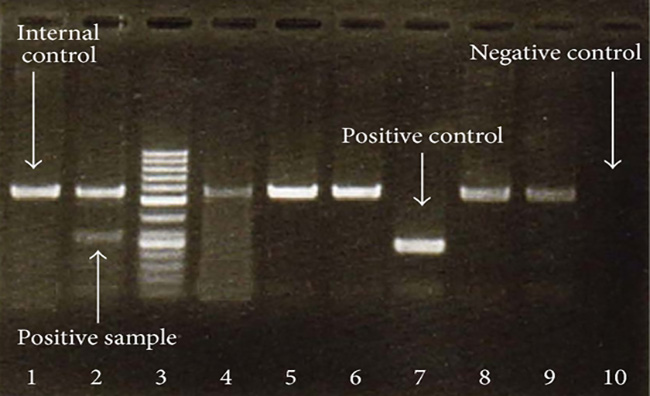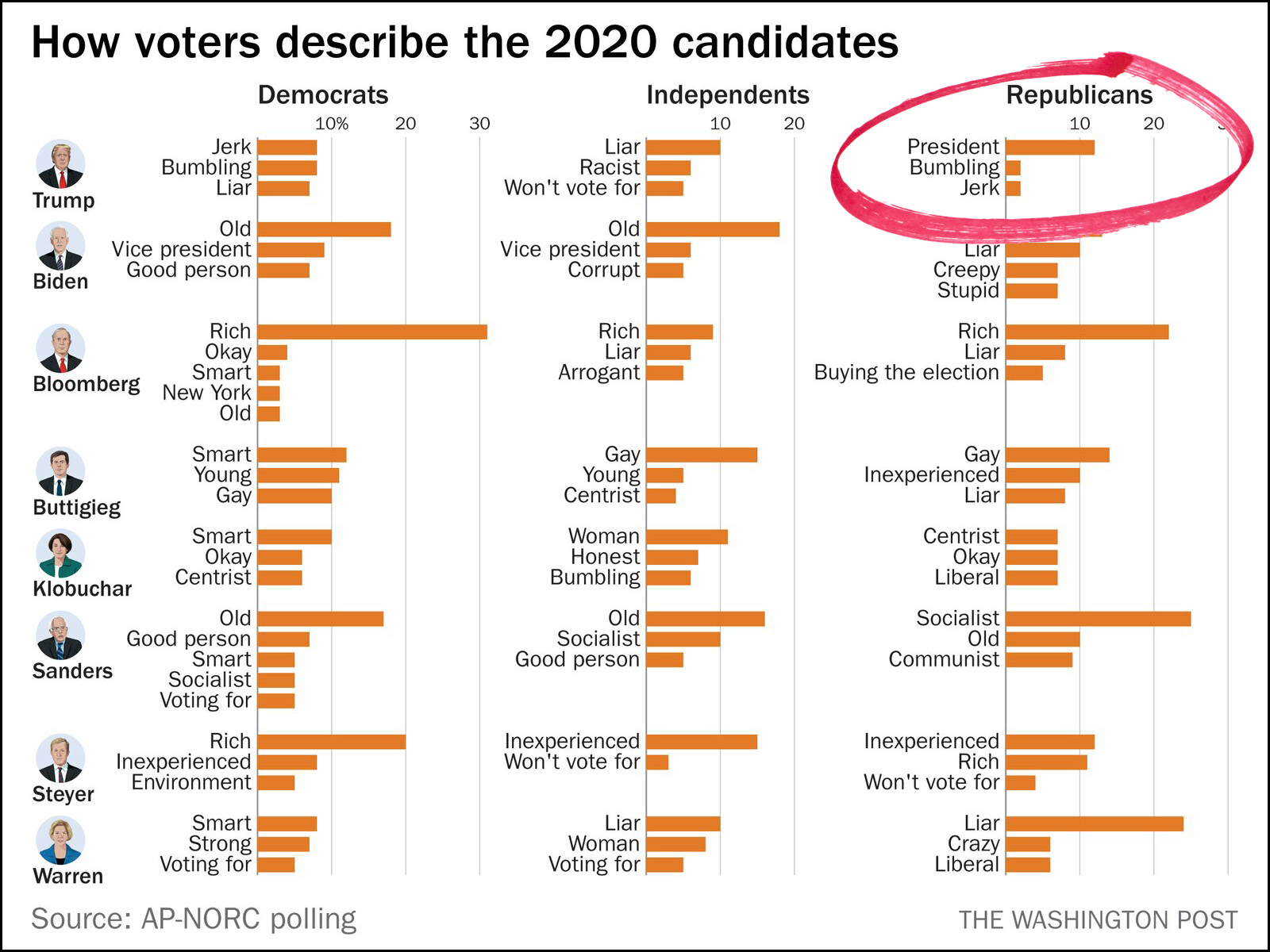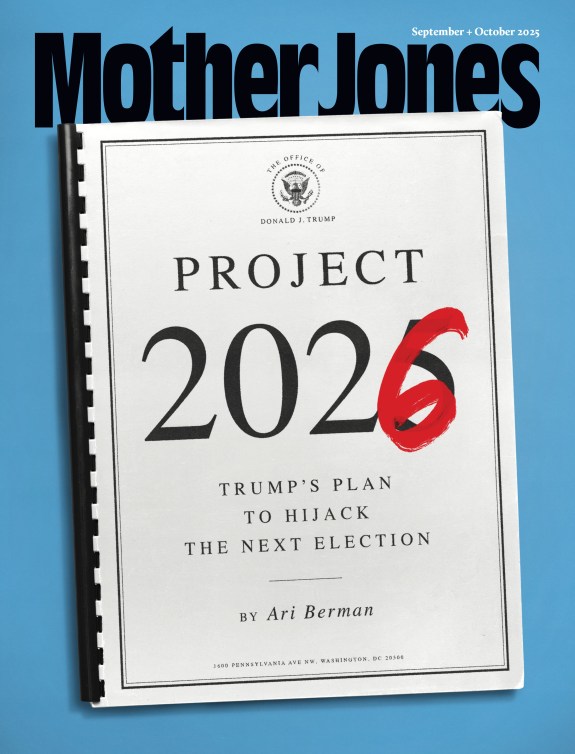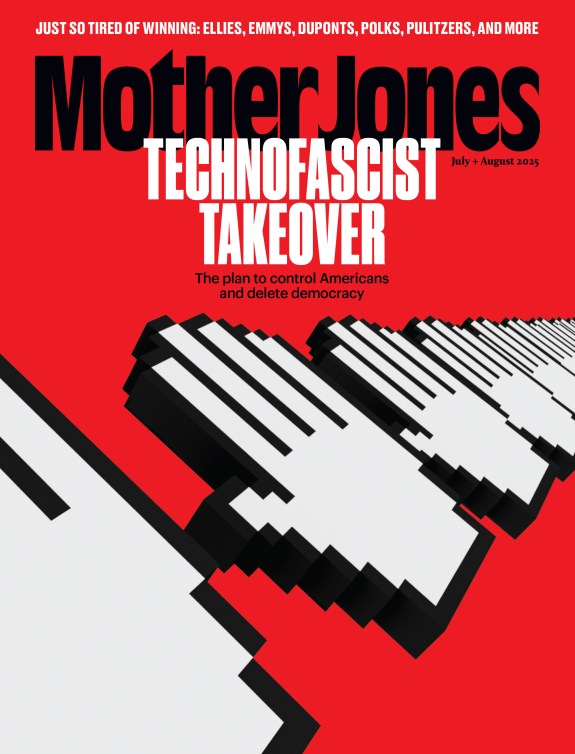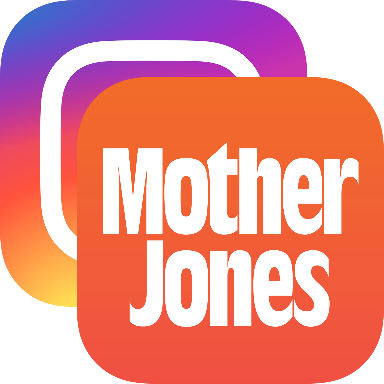
Afghans celebrate the Taliban ceasefire that began a week ago. Will it continue during the 14-month withdrawal of US forces? Nobody knows.Xinhua via ZUMA
We have signed a peace deal with the Taliban! Or, more accurately, we have signed a peace deal with the IEoAwinrbtUSaasaikatT, the Islamic Emirate of Afghanistan which is not recognized by the United States as a state and is known as the Taliban. The fully written out version is used throughout the text of the agreement.
And a simple agreement it is. The United States agrees to remove all allied forces from Afghanistan within 14 months. The Taliban agrees not to harbor anyone on Afghan soil who poses a security risk to the United States. That’s it, aside from a commitment by the Taliban to “start intra-Afghan negotiations with Afghan sides on March 10, 2020.” There is no commitment to end these negotiations, only a promise that they will take place and will include a “permanent and comprehensive ceasefire” as an agenda item.
This sure seems like a great deal for the Taliban. All they have to do is act like good boys for the next 14 months. Then, when all the US and other foreign troops are gone and it’s obvious they aren’t coming back, they can break off negotiations on some pretext and go back to destroying the Afghan government. Easy peasy.
I’m all in favor of this. It provides a (bare) fig leaf of credibility for the United States, and ends up where things were always bound to end up from the start. Eventually we were always going to leave, and when we did the Taliban would once again have a free hand. If the past is any guide, that means they’ll control the country before long.
The Taliban is a thuggish, murderous, theocratic gang that the world would be better off without. Unfortunately, after 19 years, we still have no good way of eliminating them, and it’s long past time for someone to face this reality and leave. In the same way that only Nixon can go to China, perhaps only Trump could leave Afghanistan. This doesn’t make me like Trump any better, but at least there’s a small silver lining to his presidency.




